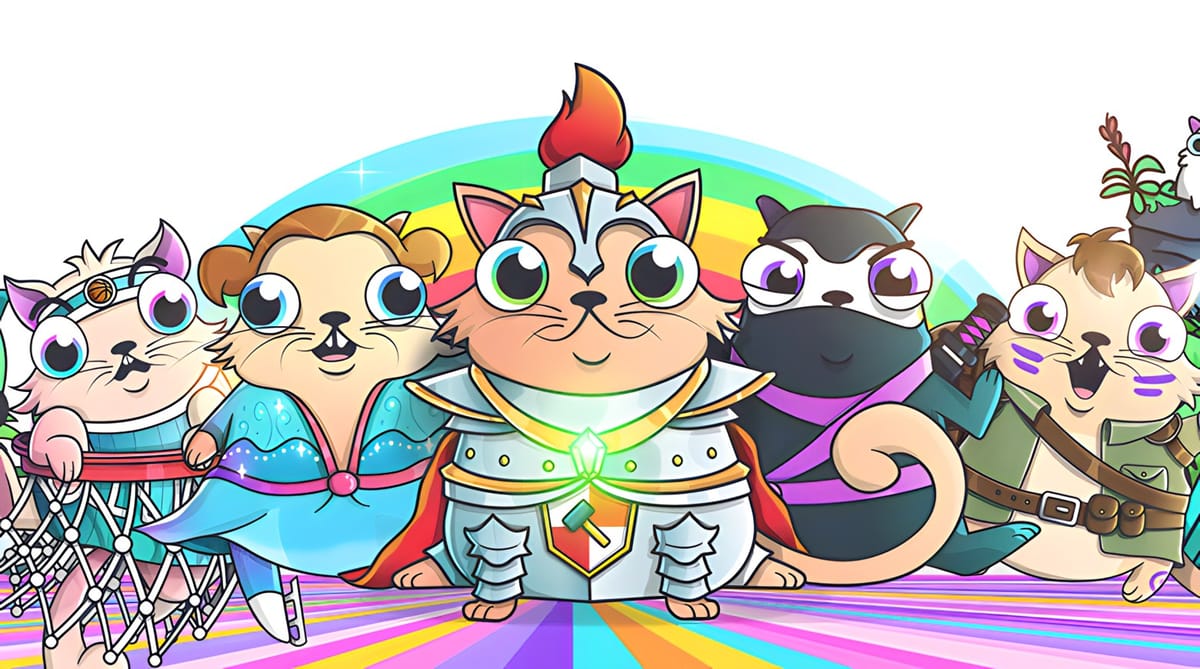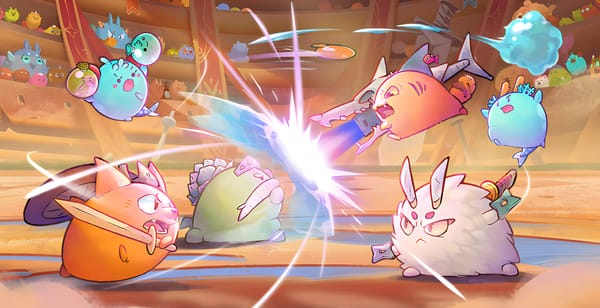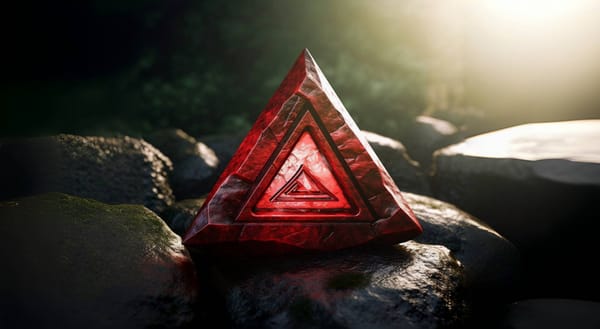The Evolution and Endurance of NFTs

The dawn of the internet marked a wave of digital abundance, where the ownership notion was confined within centralized systems ruled by centralized arbiters.
Then came the advent of public blockchains, enabling unique digital items, individually owned. This transformative concept of ownership and verifiable provenance in a digital context is yet to be fully realized.
The Bubble and Evolution
In 2017, NFTs made a breakthrough into the tech arena, witnessing a quick expansion, with secondary sales volumes peaking at about $6B in January 2022, before dipping to almost $300M in October 2023.
NFTs experienced a massive hype cycle during the risk-on, zero interest-rate market environment of 2021, which led to the creation of an asset bubble that eventually popped, causing a dramatic drop in asset prices and secondary marketplace volumes - by 85% and 95% respectively.
Innovation Amidst Ups and Downs
Despite the harsh price fluctuations and ongoing technological challenges like high transaction costs and poor user-friendliness, there was relentless evolution and innovation in the cryptocurrency sector.'
Significant technological advancements, such as the development of layer-2 blockchains, Solana's minimal cost creation of NFTs, new standards like ERC-6551 enabling NFTs to function as a wallet, and networks like Arweave have matured, largely resolving the issue of storing arbitrary content.

Art and Collectibles or Everything Else?
NFTs initially emerged as digital collectibles, including art. However, the potential application of NFTs is immense – from tickets, memberships, receipts, to "likes".
As digitally-native capital and creation continue to proliferate the virtual sphere, it is anticipated that more people will start to store and value a more diverse array of digital objects.
Shifting Behaviors
Despite a decline in trading activity, digital art production continues among creators. There's also been a shift in behaviors.
For instance, open-edition minting, frequently offered free of charge, gained increasing popularity throughout 2023. This, as well as other new behaviors and increased NFT minting, contribute to the ongoing growth in lower-cost minting, with more users minting NFTs in support of patronage.
NFTs as Everything
NFTs, not being restricted to art or collectibles, can virtually represent anything.
Whether it's identity representation in the Ethereum Name System or representing reader subscriptions, NFTs can serve as a digital twin for various real-world assets like trading cards or luxury handbags.
They can accompany a user to any application, spread their utility and access all existing tools built for the standards expediently.
Final Thoughts
Similar to many preceding technologies, NFTs continue to evolve and enhance. The potential and possible applications that blockchains and NFTs hold for the future are vast. Those at the helm, leveraging this primitive to create novel experiences, are on an exciting path.




